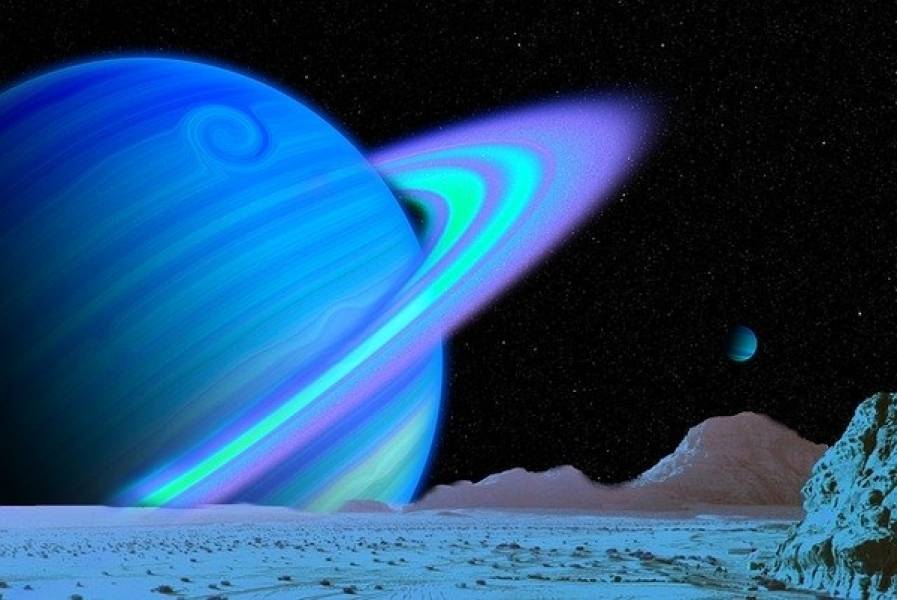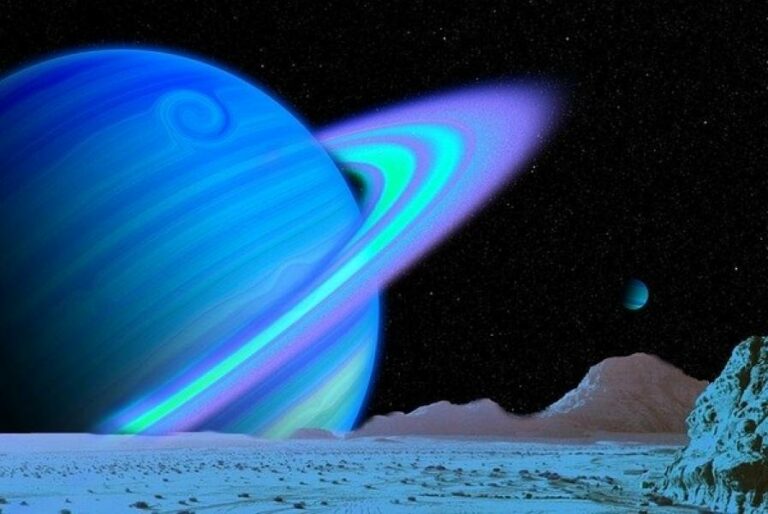According to Hubble’s observations, the atmosphere of Saturn is being heated by its rings.
For 40 years, a secret has been hiding in plain view, but it took a seasoned astronomer only a year to piece it together. Using observations of Saturn from various space missions, including the Hubble Space Telescope, the Cassini probe, Voyager 1 and 2, and the International Ultraviolet Explorer mission, the astronomer discovered that Saturn’s ring system is heating the planet’s upper atmosphere.

This phenomenon has never been observed before in the solar system and could potentially be used to predict the existence of ring systems on planets around other stars. The evidence of this heating is an excess of ultraviolet radiation detected in the form of a spectral line of hot hydrogen in Saturn’s atmosphere, indicating contamination and heating from the outside.
The most likely explanation is that icy ring particles falling onto Saturn’s atmosphere are causing the heating, due to the impact of micrometeorites, solar wind particle bombardment, solar ultraviolet radiation, or electromagnetic forces, all of which happen under the influence of Saturn’s gravitational field pulling particles into the planet. The conclusion required the combination of archival ultraviolet-light observations from four space missions, calibrated using the Space Telescope Imaging Spectrograph on Hubble.
The discovery opens up possibilities for studying the atmospheres of distant planets, including the search for “exo-rings.”
Do not forget to share your opinion with us to provide you with the best posts !





0 Comments